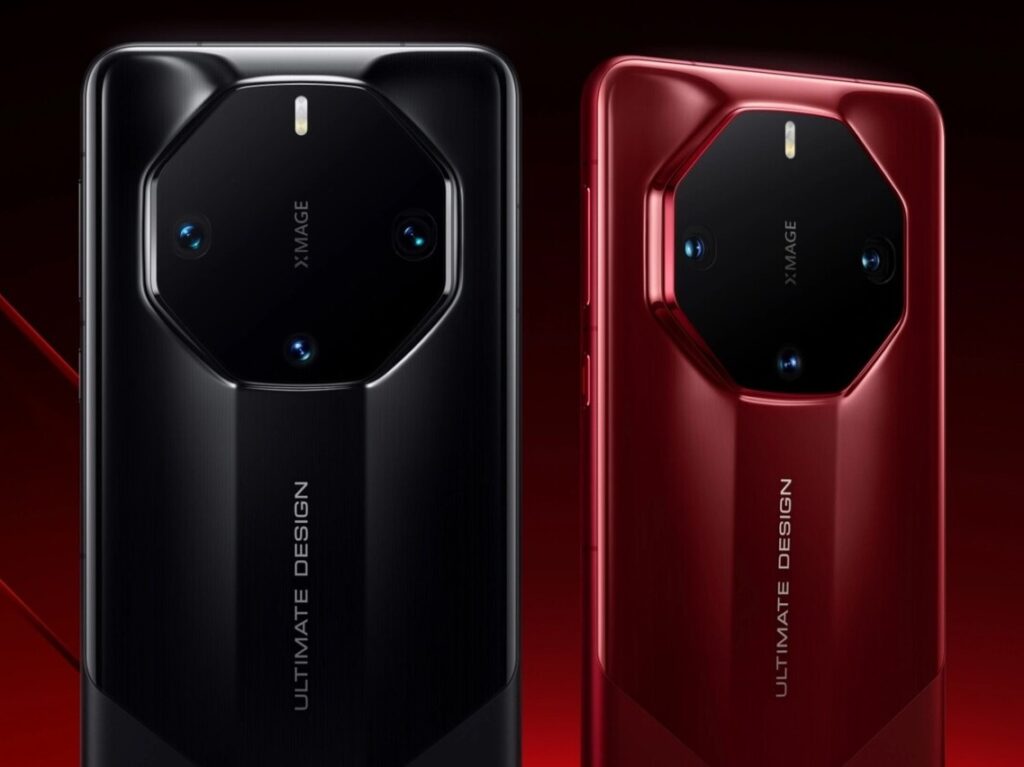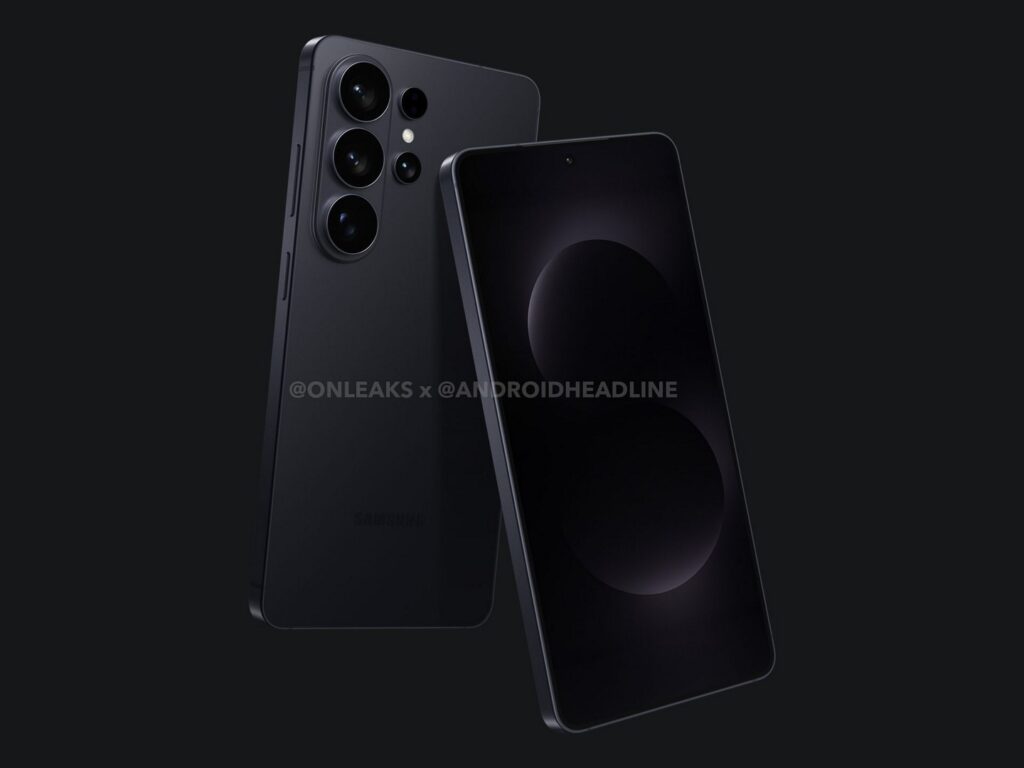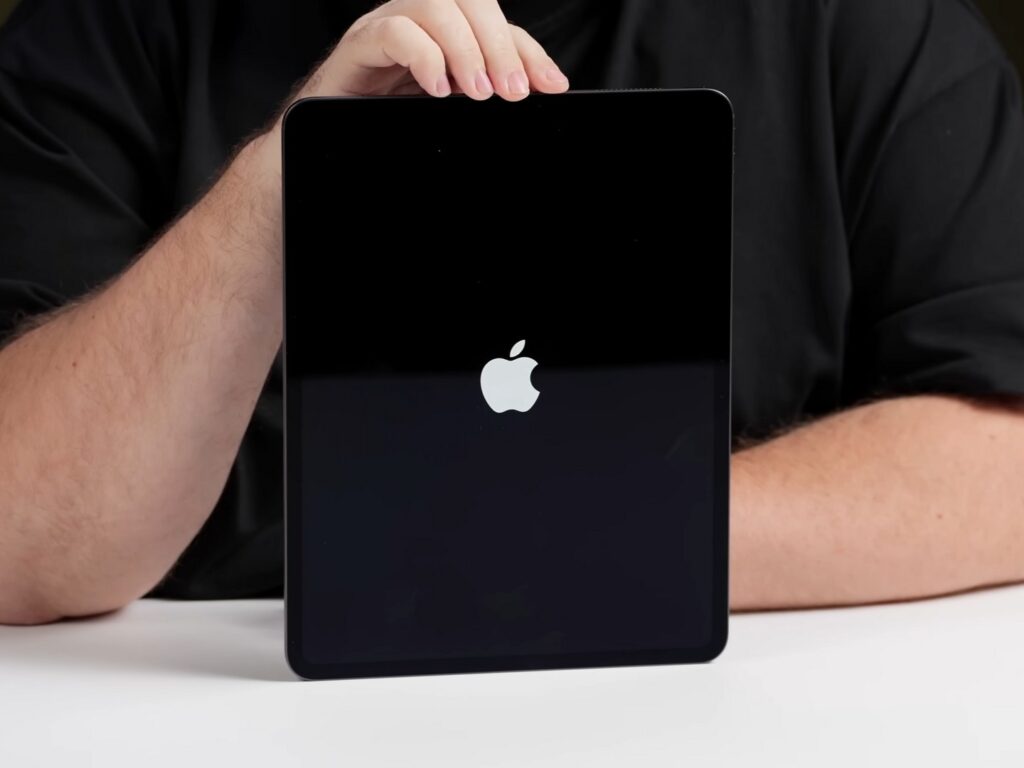Xiaomi Ends HyperOS Support for Seven More Devices in April
Xiaomi is about to discontinue HyperOS update support for an additional seven of its devices starting next month, the company has announced. Consequently, this move, a common practice for manufacturers, sees older devices being moved to the end-of-life (EQL) list due to hardware limitations that prevent compatibility with major software upgrades.
According to XiaomiTime, the latest batch of devices losing software support includes several models that some users may still find capable. Therefore, this decision highlights the finite software support lifecycle that Xiaomi provides for its products.
Specifically, the affected devices that will no longer receive HyperOS updates from April onwards are:
- POCO F4 GT
- Redmi K50 Gaming
- Redmi 10A
- Redmi Note 11S
- Redmi Note 11 Pro+ 5G
- Xiaomi 11i
- Xiaomi 11 HyperCharge
Xiaomi states that this practice aligns with its commitment to providing effective but limited software support based on a device’s lifespan. Additionally, adding devices to the EQL list serves as a strategy to encourage consumers to upgrade to newer models.
While devices on the EQL list will continue to function as normal, users should be aware that they will no longer receive any new features, performance improvements, or crucial bug fixes. Consequently, this could potentially leave users vulnerable to unresolved software issues over time.
Indeed, this isn’t the first wave of devices to be relegated to the end-of-life list this year, with several Redmi and POCO models already having met this fate. Moreover, this latest addition comes ahead of the anticipated rollout of HyperOS 2.2.
A Final Update for Some Models
Some of the higher-end devices on the list, such as the POCO F4 GT and Redmi K50 Gaming, are set to receive one final major update. They will be upgraded to Android 14-based HyperOS 2 before officially joining the EQL. This means users of these models will get the latest Android version. However, they will not receive any future updates beyond that.
For users still relying on any of the listed devices, the options are now limited. They can continue using their current phone; however, it will no longer receive new software advancements or security patches. On the other hand, they may choose to upgrade to a newer Redmi, POCO, or Xiaomi flagship device. This way, they can enjoy the latest features and benefit from ongoing software support.




